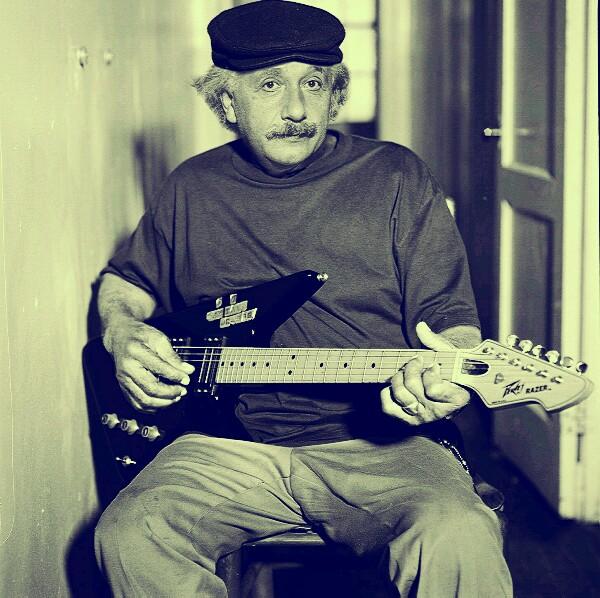At the same time he had fallen in love with a fellow student, a Hungarian named Mileva Maric. In 1901 they had a child out of wedlock, a daughter, who was discreetly put up for adoption. Einstein never saw his child. Two years later, he and Maric were married. In between these events, in 1902, Einstein took a job with the Swiss patent office, where he stayed for the next seven years. He enjoyed the work: it was challenging enough to engage his mind, but not so challenging as to distract him from his physics. This was the background against which he produced the special theory of relativity in 1905.

Called “On the Electrodynamics of Moving Bodies,” it is one of the most extraordinary scientific papers ever published, as much for how it was presented as for what it said. It had no footnotes or citations, contained almost no mathematics, made no mention of any work that had influenced or preceded it, and acknowledged the help of just one individual, a colleague at the patent office named Michele Besso. It was, wrote C. P. Snow, as if Einstein“had reached the conclusions by pure thought, unaided, without listening to the opinions of others. To a surprisingly large extent, that is precisely what he had done.”












